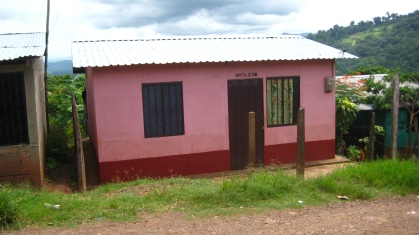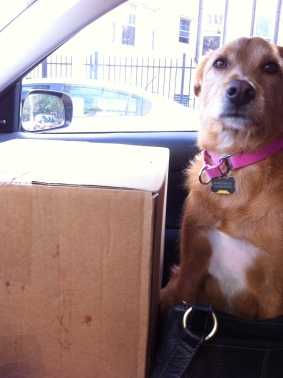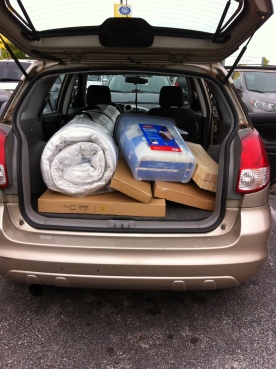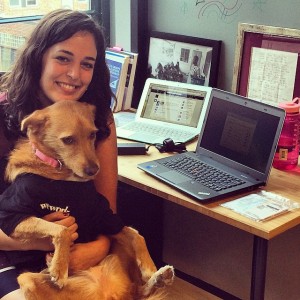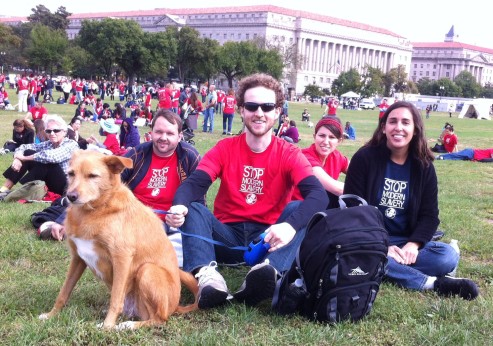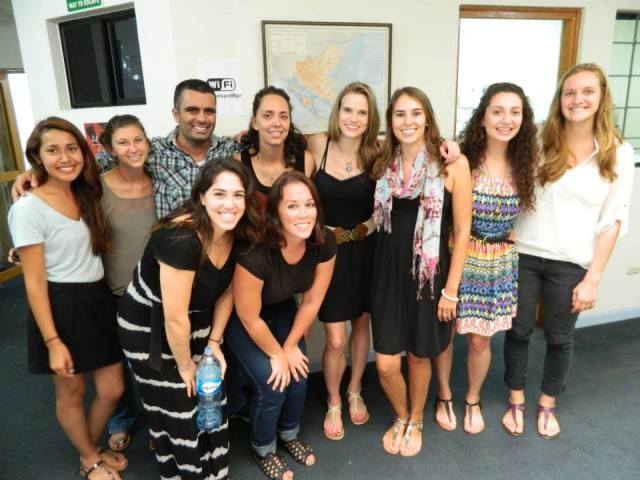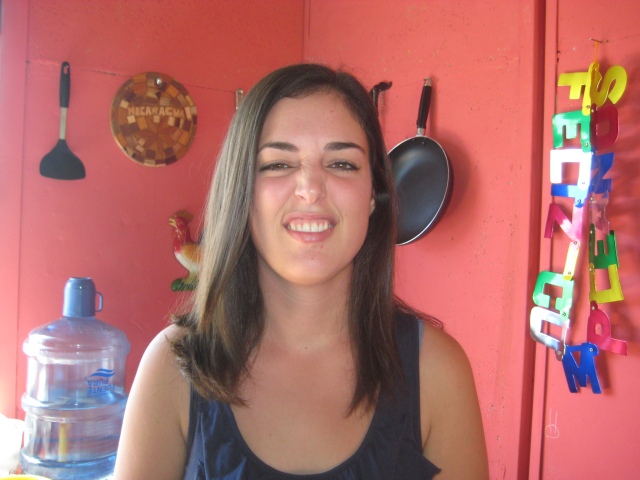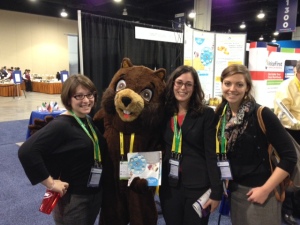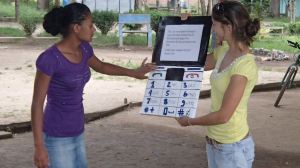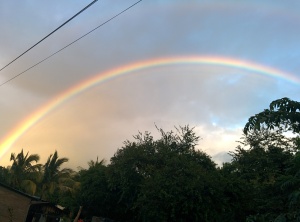On April 25, when the deadly earthquake hit Kathmandu, people found themselves running away from what most have spent their lives working towards. Owning a house in Kathmandu means you have attained stability and security in life. I am a resident of Kathmandu, one of Nepal’s worst affected areas. With the death toll and number of injured mounting, the city of over a million came out in the open streets to take refuge under the intermittently rainy skies.
At 11:56 am, the floor of my house started shaking violently. While my family and I were pinned by the tumultuous shaking unable to escape, the whole nation reeled from the destruction, both physically and emotionally. For years, we knew we lived in an earthquake-prone zone, but never thought that a tragedy of this scale would happen in our lifetimes.
The earthquake violated our city, with many of our historical and cultural monuments bitterly and cruelly thrown into a pile of rubble. But the destruction was not uniform. The ancient temples, where generations of city dwellers gathered to pray, crumbled to the ground, while the high rises that have spread rampantly in recent years were largely spared.
With numerous major aftershocks in the first day of the earthquake and many more to follow over the first week, any shake or tremble put us on edge and made us run out to the streets for safety. Fearful, the city of temples turned into a city of make-shift tents.
One strong 6.9 magnitude aftershock caught my sister and I while we were searching for shelter for the night. As we held onto nearby rails, over the distance a couple held in an embrace for support. A panicked woman was consoled by a crowd after escaping from a nearby house while it was still shaking menacingly. It was heart-wrenching to see these glimpses of humanity amidst such chaos and danger.
It was immediately apparent how unprepared the country was to handle a disaster of this magnitude. An utter lack of preparedness and long-term planning revealed the government’s glaring ignorance. Much of the first day of the earthquake went by without much intervention from the state. People were forced to cremate their loved ones near river banks when there was not enough space in the famous Pashupatinath Temple.
Meanwhile it was touching to see how the people came together in the hour of need to take care of themselves and their communities. As people offered to share their make-shift houses with strangers, it reminded me of what it meant to be a Nepali. But when it started raining later in the evening, it seemed like Mother Nature was mocking our collective misery.
Cut off without phone, power or internet, much of Kathmandu was unaware of the devastation outside the city in the rural areas. The rural houses made with mud and rocks could not withstand the violent shaking that came from the earthquake or its aftershocks. The death toll increased exponentially as people ventured into remote villages to help with the rescue effort.
Compounding the tragedy is a glaring disparity- many of our country’s poorest are bearing the brunt of the earthquake. As many lost their family members, the displaced and stranded now also have to build a new shelter. It is going to take my country many years to recover from this.
Nepal as a country has been struggling to come out of a rut that has been inundated with tragedies. After a decade-long conflict, the country was left politically unstable without a constitution or consensus in major parties, and ethnically marginalized groups demanding political identity.
With the deadly avalanche in Everest, a landslide that threatened massive flooding in the Sunkoshi river and most recently, an epidemic of swine flu in the remote district of Jajarkot that claimed over 30 lives, the country’s relief efforts were already under heavy scrutiny as the state struggled to reach out, especially to remote regions.
This also certainly stands to affect tourism, a major economic activity in the country, especially after it had begun to bounce back after the decade-long conflict.
Relief and aid from the international community has flooded the country as the earthquake has received worldwide coverage. Nepal is sandwiched between India and China, two geopolitically divided nations. As a citizen it was frustrating to watch the state’s selectiveness towards relief efforts in such a situation. The public’s growing dissent towards the government was apparent as many affected communities have yet to receive help. Lack of access, the difficulty of mapping the damage in affected areas, and uncoordinated relief teams have severely hindered relief efforts from being delivered on time to the place most in need.
With a history of severe public distrust towards the government due to rampant corruption and political intervention, the government’s strategy to channel all incoming funding and relief through the Prime Minister’s Disaster Relief Fund is facing severe criticism from the nation.
Meanwhile the effort of the army, civil society, several youth groups and individuals who took it upon themselves to reach far flung affected areas is truly commendable. Many of my friends have traveled to places outside Kathmandu, taking with them tents, blankets, water and food to stranded communities and came back with heart-wrenching stories to tell.
As the country looks down a long windy and shaky road to recovery, the road ahead will not be not easy. When social media diverts to other news and the focus shifts elsewhere, we will have to stand alone and recover as a single nation. We will not get much time to mourn.
Subecha Dahal is a resident of Kathmandu, one of the worst affected areas during the tragic earthquake of 7.9 magnitude that hit Nepal.



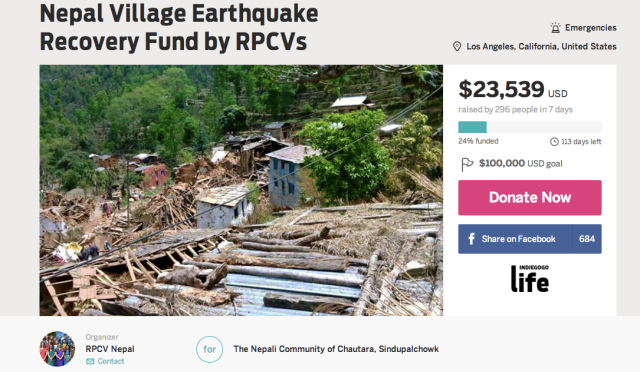
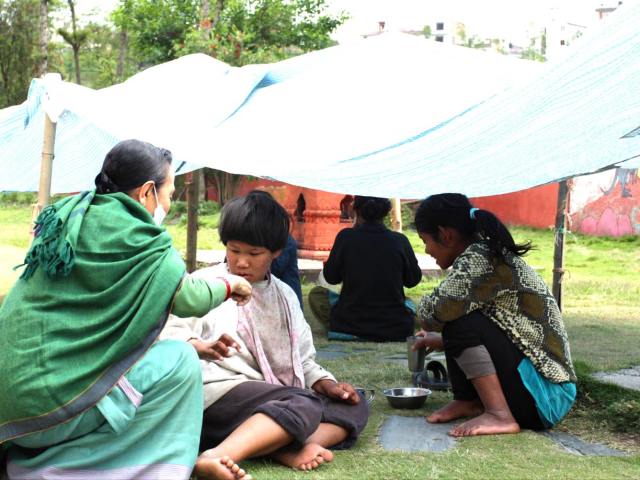
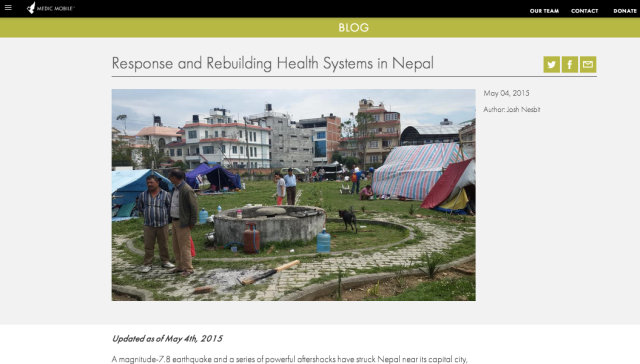
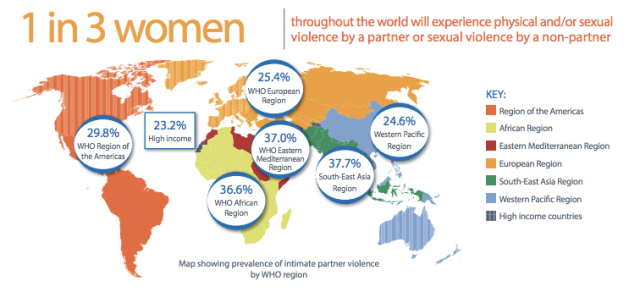
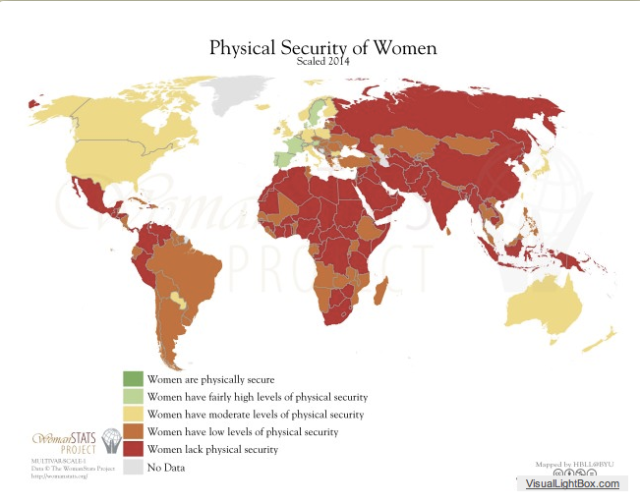 Now let’s return to the discussion of femicide in the United States. I googled “woman killed” today and 27,100,000 results popped up in 0.43 seconds. Most of the articles are about women being killed by their significant others, which reflects statistics that say that “
Now let’s return to the discussion of femicide in the United States. I googled “woman killed” today and 27,100,000 results popped up in 0.43 seconds. Most of the articles are about women being killed by their significant others, which reflects statistics that say that “

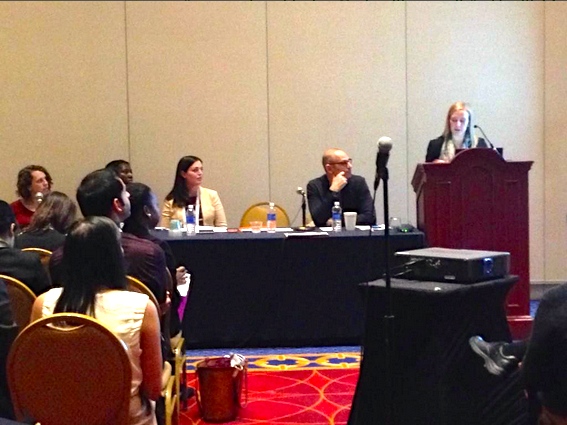








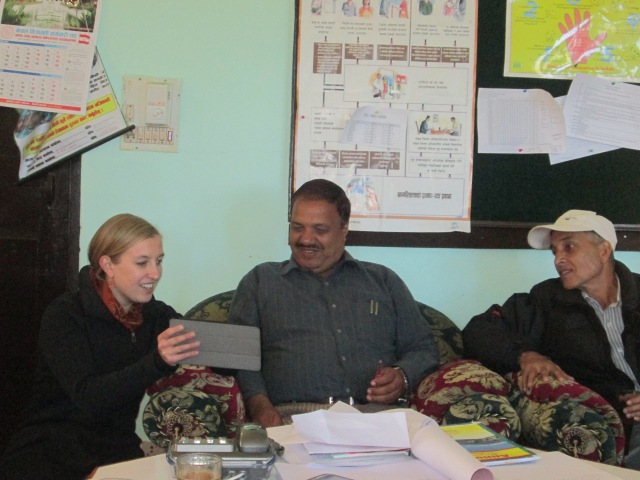

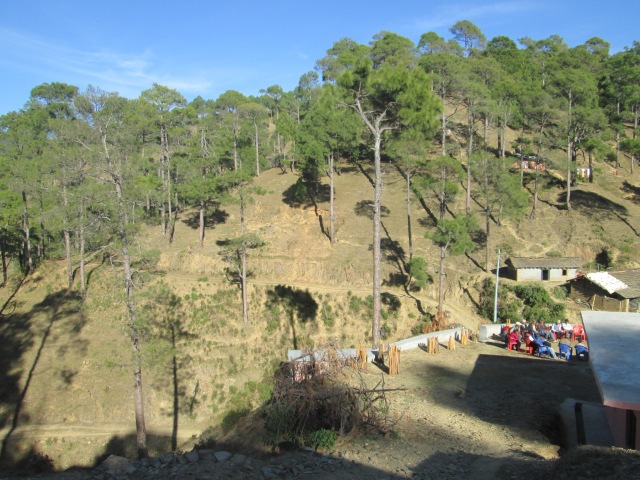
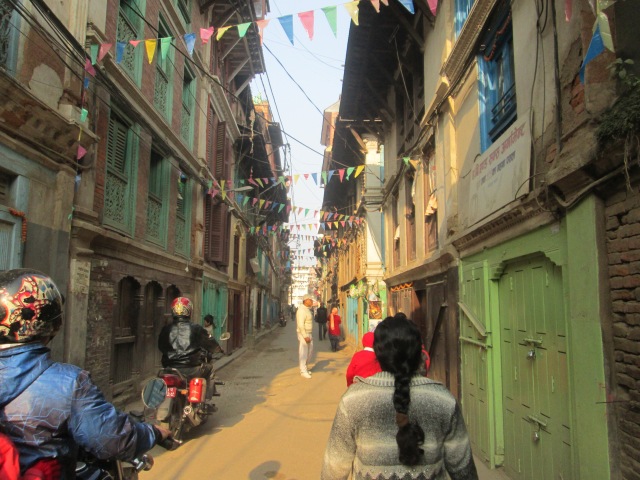

 After drafting many iterations of my resume, a mountain of cover letters, and traveling to interviews in Miami, New York, Boston and DC, I landed a job at a wonderful organization called
After drafting many iterations of my resume, a mountain of cover letters, and traveling to interviews in Miami, New York, Boston and DC, I landed a job at a wonderful organization called 